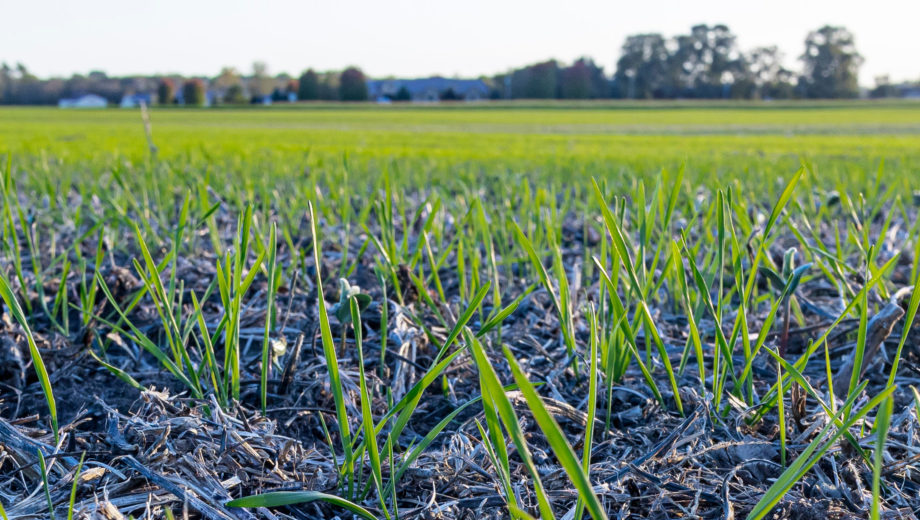
Working lands lead the way: Policy priorities for regenerative agriculture
The Midwest Row Crop Collaborative works toward landscape-level change through systems approaches. This systems-based approach is reflected in our theory of change, which identifies five pathways to achieve our 2030 goals for regenerative outcomes in the Midwest row cropping system. Cutting across each of these five levers for change is one key mechanism to increase resilience and practice adoption in the food and agriculture system: public policy. While policy is always relevant to agriculture, this is a critical moment for regenerative agriculture as work related to the development of the farm bill, an omnibus piece of legislation renewed every five years, is already underway.
Reflecting on the successes of Midwest Row Crop Collaborative (MRCC) projects and learnings over the years, members drew upon their experience to establish opportunities for policy solutions that can improve soil health and increase the resiliency of row crop production in the Midwest. These findings are compiled in the newly released report Working Lands Lead the Way: Policy Priorities for Regenerative Agriculture.
Key public policy recommendations:
- Accelerate the impact of conservation programs through increased investment and ongoing improvements to program delivery to maximize the benefits of public-private collaboration.
- Prioritize staffing and funding existing models of engagement to expand the social infrastructure needed to deploy technical assistance, including Natural Resource Conservation Service, Cooperative Extension Service, conservation districts, and more community-based technical assistance programs that support underserved producer networks. Pursue the improvement of robust measurement, monitoring, reporting and verification tools (e.g., COMET-Planner, Fieldprint Platform, Cool Farm Tool, DNDC model, and similar) to maximize credibility, compatibility, and usability.
- Innovate crop insurance to recognize the resiliency benefits of regenerative agriculture practices and to encourage farmer adoption of crop insurance with, for example, changes to premium discounts, which have been successfully piloted in the states of Iowa, Illinois, and Indiana to increase adoption of cover crops.
- Develop a farm-transition model that identifies and provides resources for farm transition assistance (e.g., financial, technical, and social) toward regenerative agriculture. Learn from USDA’s Organic Transitions Program and establish or codify a regenerative value chain coordinator at the USDA to gather private sector, NGO, and farmer input on best practices for regenerative agriculture practices, advising the Secretary of Agriculture on scaling regenerative agriculture programs and expanding the reach of existing programs.
- Ensure that farmers—including historically underserved farmers—are engaged in the design, implementation, and evaluation of federal programs and that they are designed to remove historical barriers to access and participation.
The Midwest is an economically vital landscape with more than 125 million acres of agricultural land. Corn and soybean production alone represents three quarters of agricultural acreage in Illinois, Indiana, Iowa, Michigan, Minnesota, Missouri, Ohio, and Wisconsin. However, unsustainable farming practices in the region are increasing pressure on the landscape which is reflected in reduced soil health, water quality and retention, and biodiversity. Iowa, for example, has already lost half of its topsoil, a resource that takes centuries to build. With the additional impacts of climate change, resulting in more frequent and volatile storms, droughts, and other weather events, it’s imperative to harness agriculture as a positive force for climate mitigation and resiliency.
The private sector can play a significant role in addressing these urgent issues, and MRCC members are committed to testing and scaling approaches to help transition row crop production toward a regenerative system that achieves the Paris Agreement climate goals. Supply chain projects led by these companies and organizations operate at a significant size, but their direct impact and influence alone is not enough to drive landscape-level change. Policies set at the federal, state, and local levels are critical elements to help reduce negative externalities associated with agriculture, and MRCC members recommend policy that invests in agriculture as a climate solution.
Read the full policy report.
The policy report development is supported by funding from the Walton Family Foundation.